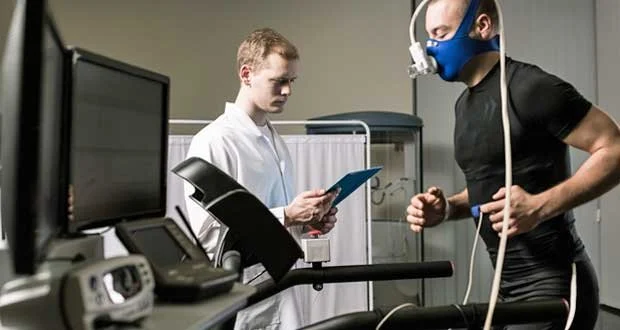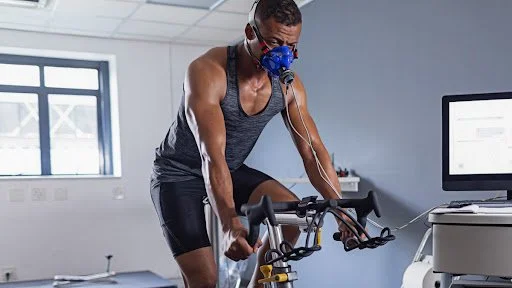How to Improve VO2 Max and Maximise Athletic Results
How Much Does VO2 Max Testing Cost?
Why Is VO2 Max Testing Important?
What Is VO2 Max Testing?
EVERY training session should have a specific fitness goal, and subsequent sessions should gradually build towards a desired fitness outcome. Too many ‘professionals’ in the industry have a complete lack of knowledge when it comes to interval training. They prescribe something along the lines of 1km track repeats with 1 minute rest, repeated 5 times, with no understanding of what this session is trying to achieve, other than it being a “solid workout”.





